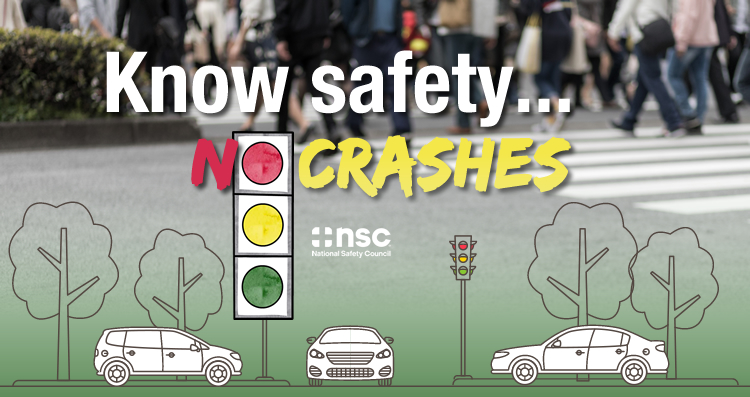
Have you ever returned from the grocery store without milk or some other essential item needed to restock your pantry? Have you forgotten passwords or the name on the tip of your tongue?
These moments of forgetfulness can be triggered by simple distraction or more complicated competition within your brain’s memory system. It’s like one side is fighting the other for focus.
Similarly, we can slip into autopilot mode during our daily commute, missing many local landmarks on the way home. While the human brain is capable of generating a multitude of ideas, it is susceptible to periodic breakdown. Often this is a just minor inconvenience; sometimes it’s a matter of life and death.
Memory and cognitive distraction often are contributing factors in child hot car deaths. On average, 38 kids die every year from pediatric vehicular heatstroke after being left or becoming trapped in a hot car, according to noheatstroke.org.
Jan Null, certified consulting meteorologist and adjunct professor at San Jose State University, manages noheatstroke.org. His data shows there are three primary reasons these deaths occur:
- 52% of children are forgotten or unknowingly left in a vehicle
- 25% gain access to a vehicle on their own
- 20% are knowingly left behind by a parent or caregiver
Please help us raise awareness of safety risks. Get free resources and share free online training from the National Safety Council, Children in Hot Cars. This 15-minute course is available in English and Spanish. Group delivery allows workplace administrators to enroll students and monitor their progress. To set up a group, contact [email protected].
We’re All Human
To explain how these tragic events can possibly happen to good parents, Dr. David Diamond dives into the science of the human brain and memory lapse in an article on pediatric vehicular heatstroke: Children dying in hot cars – a tragedy that can be prevented.
The takeaway: We’re all human. We’re all capable of forgetting almost anything, even the things we love the most. In one common scenario, a parent takes their child to daycare on a day that isn’t their normal day for drop-off and ends up going straight to the office.
As a parent, I can relate to the notion I would never forget my child. When I discuss risks involving kids and hot cars with caregivers, every one expresses the same sentiment. “I would NEVER forget my child!”
But when the conversation continues, I learn some have experienced lapses and driven to work instead of their intended destination. It is difficult to admit we could become preoccupied and forget a step in our day, especially when it involves children in our care.
Accepting that, and putting in place ways to prevent a tragic outcome, is an important step toward empowering caregivers and preventing injuries and deaths.
Heating Dynamics
You know what it feels like to get in a hot car after a long day at work. But do you know how fast a car heats up? The temperature inside your parked vehicle on a 70-degree day climbs to about 90 degrees after sitting for 10 minutes. Null’s extensive studies of vehicle heating dynamics show leaving a window cracked open makes little or no difference.
Parents try to rationalize running into the store to grab a few items while their sleeping baby remains behind in the car. Nobody wants to wake a sleeping child. But a long check-out line or meet-up with an old neighbor can cause just enough of a delay to spell disaster.
Education is one part of the safety solution. Because new parents are born every day, education needs to be ongoing. Education needs to reach prospective new parents in places like birthing classes.
Here are some safety reminders to share:
- Keep vehicle doors locked and teach children that vehicles are not a play areas
- Never leave a child alone in a vehicle, not even for one minute
- Take action: If you see a child unattended in a vehicle, call 911
- Place your phone, your wallet or purse on the floor in back near your child to force yourself to look in the back seat
Technology also can be used to keep kids safe. In fact, some vehicle manufacturers are deploying back-seat occupant detection and alert systems. It will take time until these systems are broadly implemented. Until then, we are left to acknowledge human fallibility and act together to end child heatstroke deaths.
Educate yourself and others on the three primary circumstances that contribute to kids dying in hot cars. Please check the back seat and lock your cars. It can happen to anyone.
– Claudia Summers is a program manager with the National Safety Council


